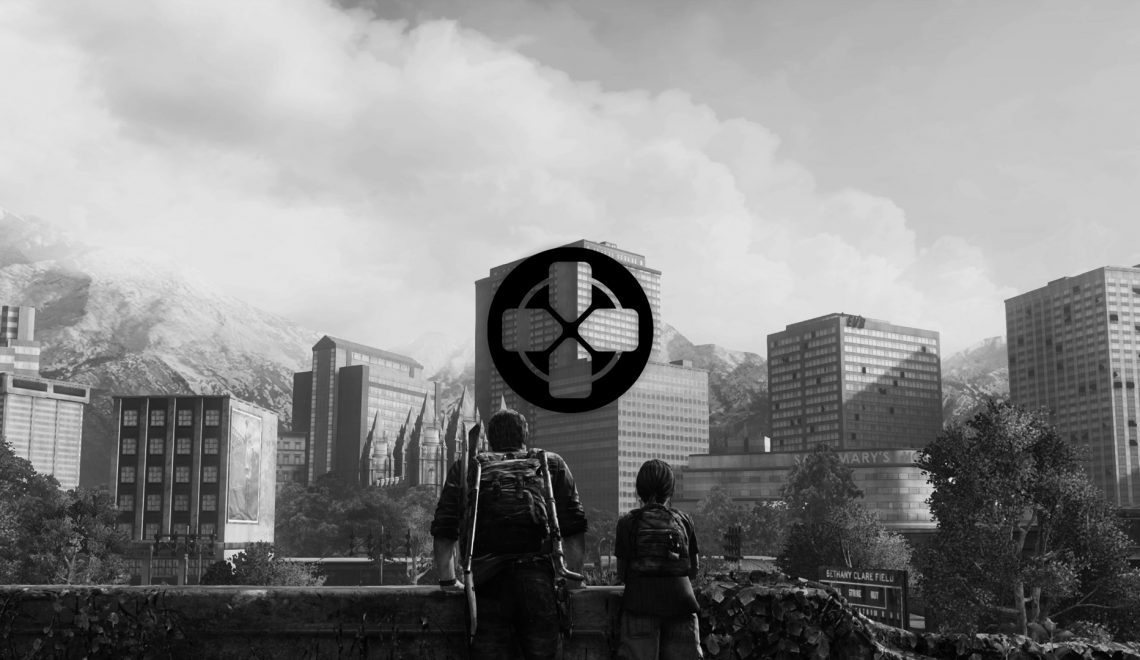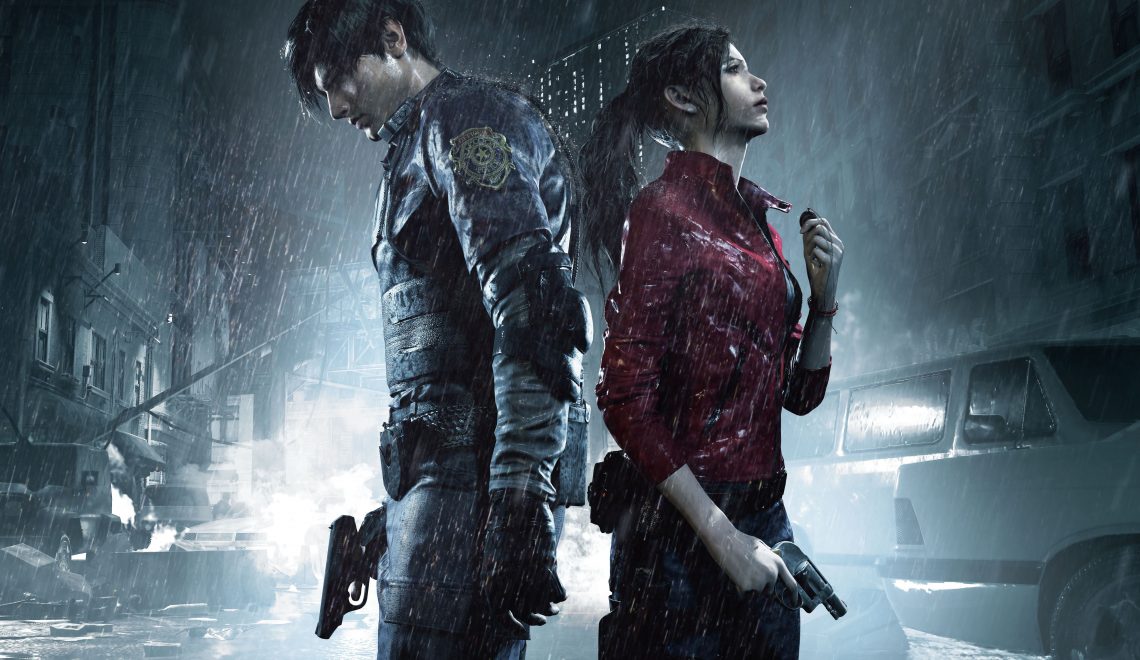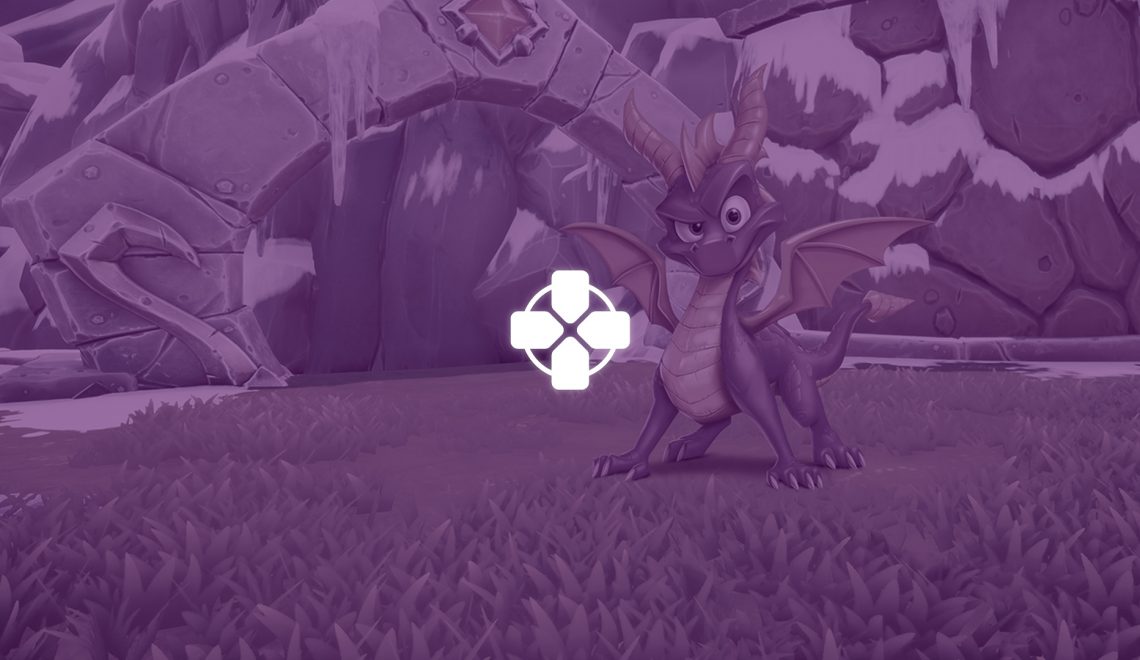This article was originally published as a user blog post on Game Informer.
It’s safe to say that there’s been quite a significant amount of talk over the survival-horror genre and where it’s been heading as of late. Resident Evil 6 was released in the fall of 2012 and received a backlash of negative criticism for being more of an action-based third person shooter than a survival-horror game. Another controversial case is Dead Space 3, which just touched ground last week with a fair amount of complaints that it’s beginning to abandon its signature atmosphere and gameplay for grand scope and heavier action. I’m sure there are a couple of more instances to back up my observations, but it’s obvious to see that some of the major representative franchises of pure S-H have been straying off their paths to certain extents. Is this a good thing? I believe some people would say yes because it allows S-H franchises to branch out and explore new ways to keep sequels fresh and exciting by tweaking with the gameplay, story settings, etc. Others would disagree by saying “if it ain’t broke, don’t fix it;” sticking with new settings, stories, weapons, or what have you, is absolutely fine as as long as no drastic changes are made. And there are those that would be on the fence, who are willing to accept specific types of change that vary depending on the eye of the beholder.
Whether you’re in any of these three categories, I’ve got something for you to read. If you consider yourself a connoisseur of the S-H genre, what do you think a game has to have to fit the bill? What are the common and key elements you look for in these games? I’ve thought about this for a little while and have finally composed a list of six, crucial elements S-H games should definitely possess. I’m not saying that every one should have each and every element I’ve written down, but I personally view them as the most important and common requirements for S-H games so they can be what they are meant to be: scary, tense, challenging, and lots of fun.
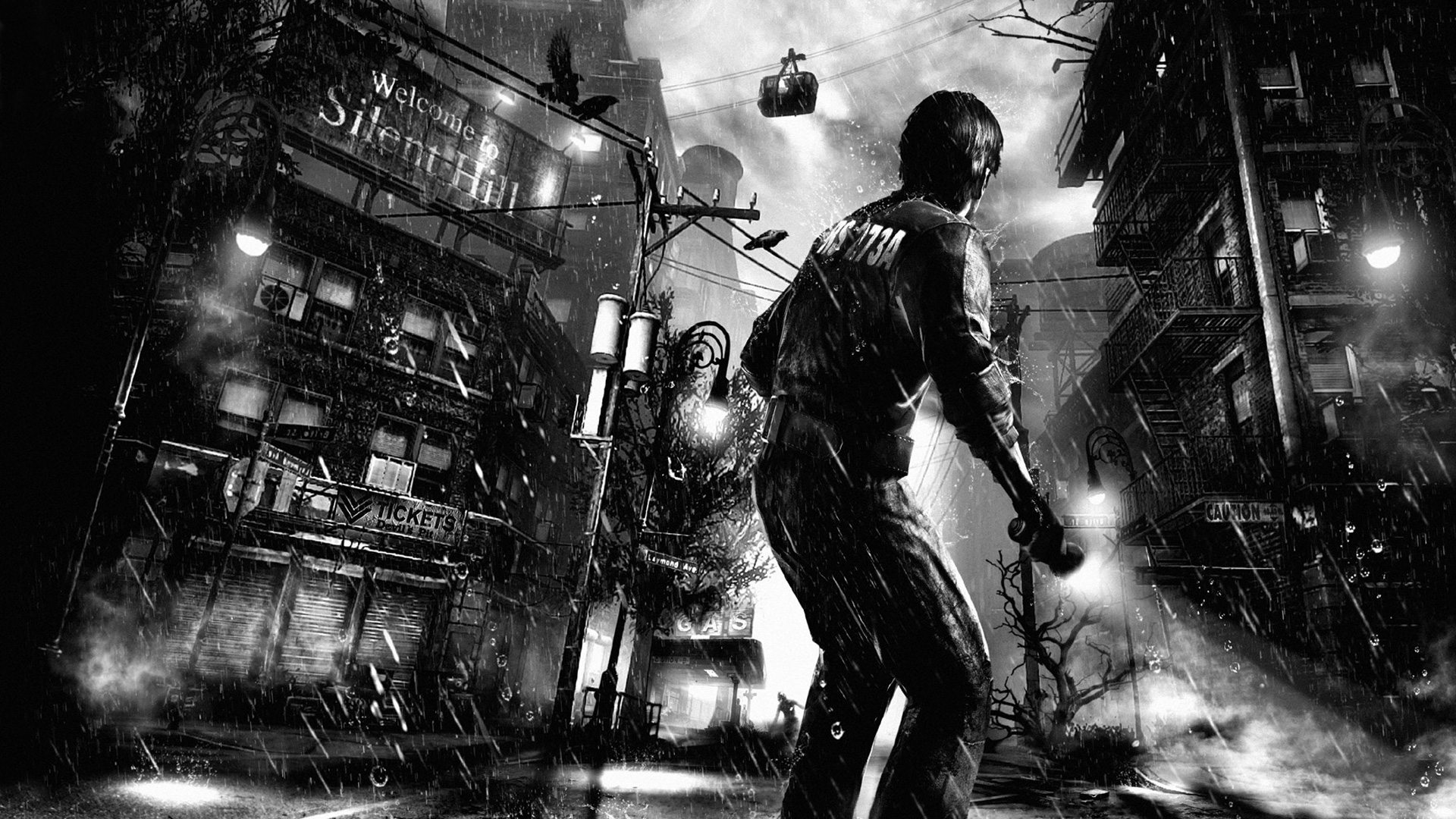
1. Dismal, Erie, And Dark Environments
A forest with leafless trees enveloped in a thick fog; a pitch-black corridor with streaks of blood across the floor revealed by sporadically flickering lights; a desolate street in the dead of night with no one in sight. These are the kind of places that come to my mind when I think of excellent settings for survival-horror games. When you are in a location with adequate lighting, signs of normal civilization and activity, and plenty of seeing and moving space, does it make you feel afraid or cautious? If these kinds of areas are frequently present in a S-H game, of course they don’t. This is one of the mistakes that are made in level design by S-H game developers. Look at Resident Evil 5. Although I thought it was a fun game, it certainly didn’t have the same kind of tension as Dead Space 1 or the classic Resident Evil games. They enhanced feelings of claustrophobia, uneasiness, and fright by their environmental scenery and design. In a nutshell, the opposite of the ordinary is what sets the mood for these games. Let’s say a normal bedroom is supposed to be well kept and organized. What if you walked in and the window was open, furniture was turned over, and the shadow of a figure was visible on the wall? Perhaps none of these things are present except for a lone figure in the corner. Isn’t that enough to be scary? It doesn’t matter how drastically an environment is changed as long as there is some sort of unsettling aspect to it. This has always been related to anything pertaining to horror media, and games that aim to do this are no exception.
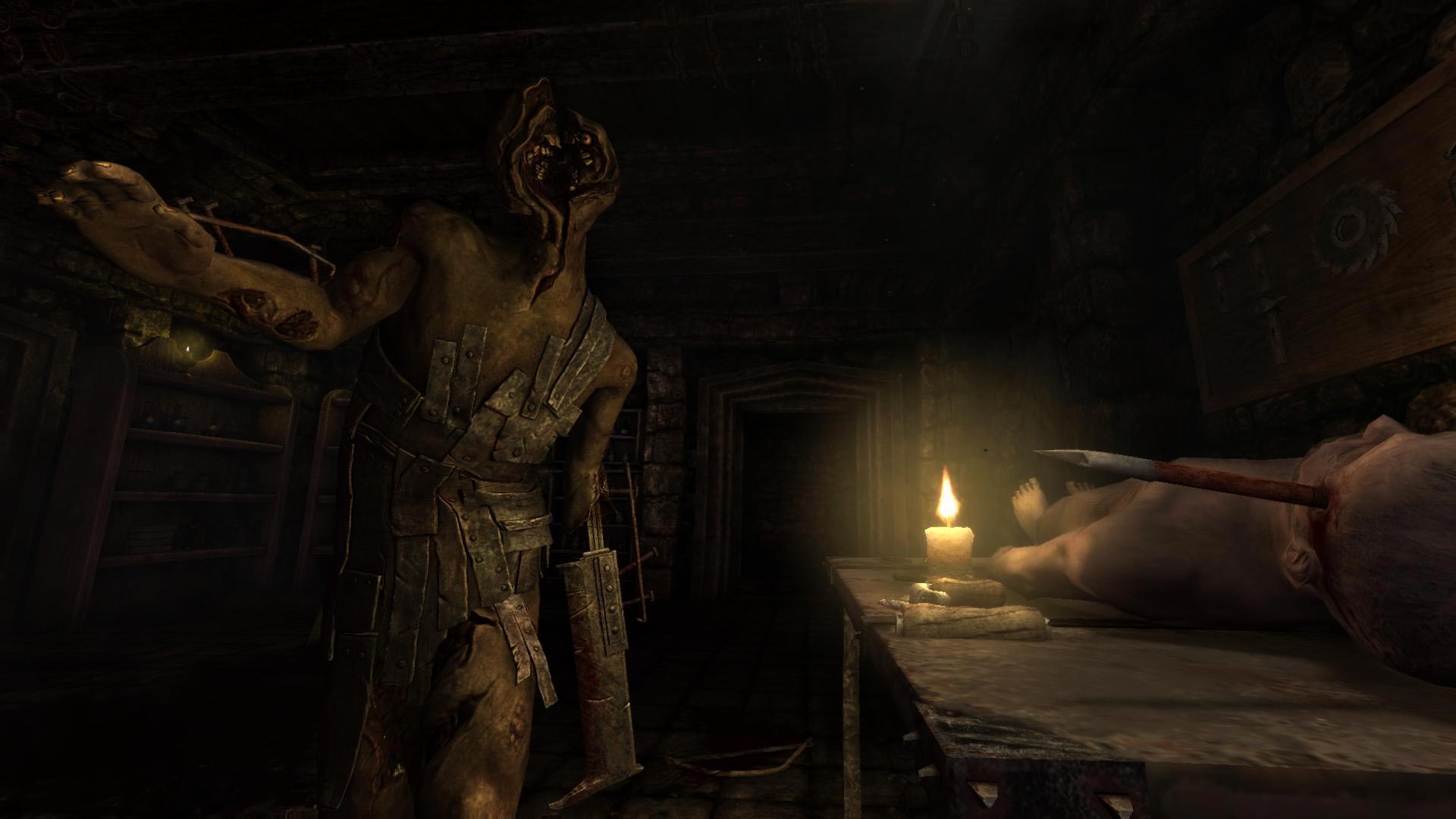
2. Abandonment In Hostility
The comfort associated with being around family, friends, and crowds of strangers (yes, even strangers) gives everyone a sense of security to varying extents. The reason why is because having others around you keeps fears like being robbed, hurt, or captured at bay; the likelihood of anyone around you coming to your aid in the midst of peril is very high under these circumstances. However, if this natural feeling of protection were to be stripped away, leaving you in a world with nothing but evil forces that seek to harm you, the epitome of loneliness would be intensely experienced. Games like Amnesia: The Dark Descent and the first two Dead Space titles are prime advocates for this. The former has you playing as a man who has forgotten his identity that’s traversing a castle crawling with cringe-worthy abominations. The latter has you as a simple engineer separated from his friends and colleagues to face real and psychological nightmares alone in mires of hopelessness. In these games, being alone in such grim scenarios is when the characters are mentally and/or physically tested to the limits of their psyches. And when we witness their struggles and breakdowns through their eyes, I think it’s not extreme to say that the way they respond and cope are fairly realistic ideas of what these would do to a person in real life. Therefore, receiving a taste of this through a S-H game is a sign that it’s living up to its genre classification.
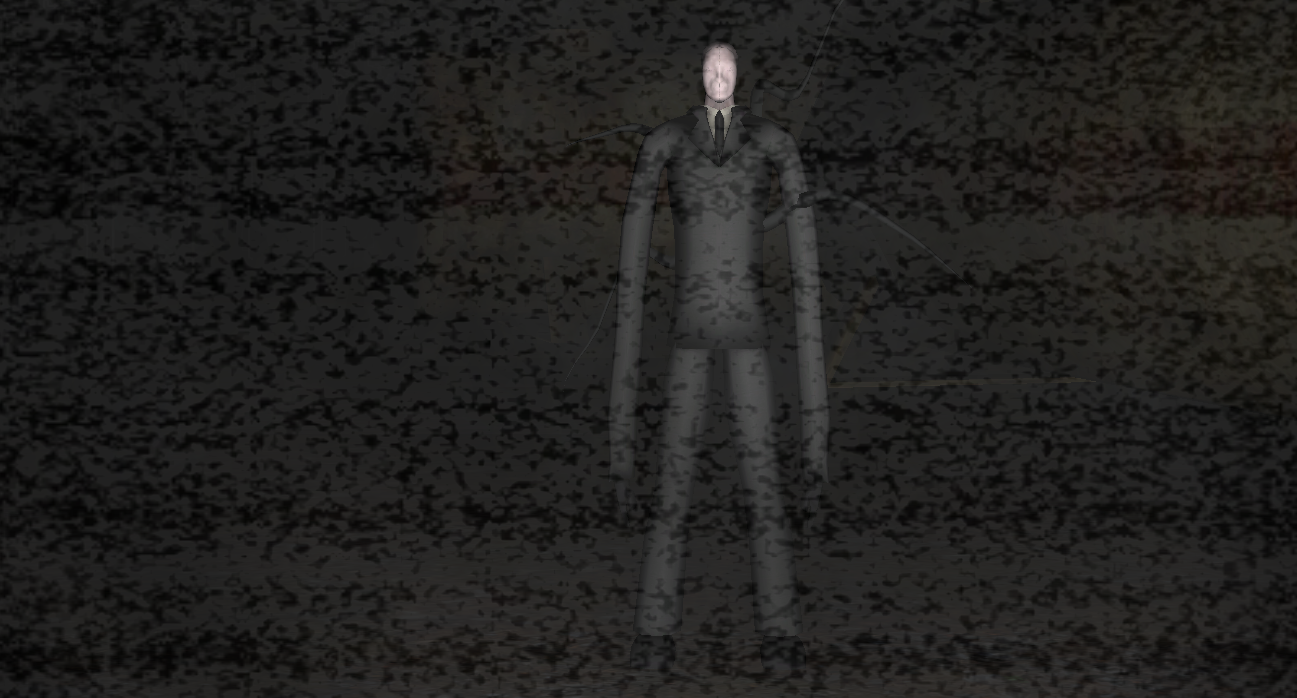
3. Chilling Sound Design And Music
I’m sure you know what sounds to expect when something is supposed to scare you in a horror movie. If something is in a room with a victim, there will probably be raspy breathing, no music, and a low, ominous, distorted sound playing in the background. If something makes a quick move in the distance, there’s the likelihood of a sudden shrill and an object(s) being disturbed. Like so.
The same goes for horror-themed music as well. An off-key piano might start playing when a person is being stalked in a house, or the up-and-down shrill of stringed instruments will accompany a chase scene and only get louder and faster as an enemy approaches. When it comes to the predictability of these two aspects of horror media, I’m not trying to belittle them. No, on the contrary, I think they’re a classic part of what makes horror media, well, horrifying. This kind of music and sound effects has always been successful in giving people goose bumps, tense muscles, jump scares, and unpleasant memories of what we watch. So, when it comes to the visual and immersive side of S-H games, they’re an essential aspect to them as well. When they’re done expertly and placed naturally in specific places or parts of a S-H game, it makes the experience all the more nightmarish.
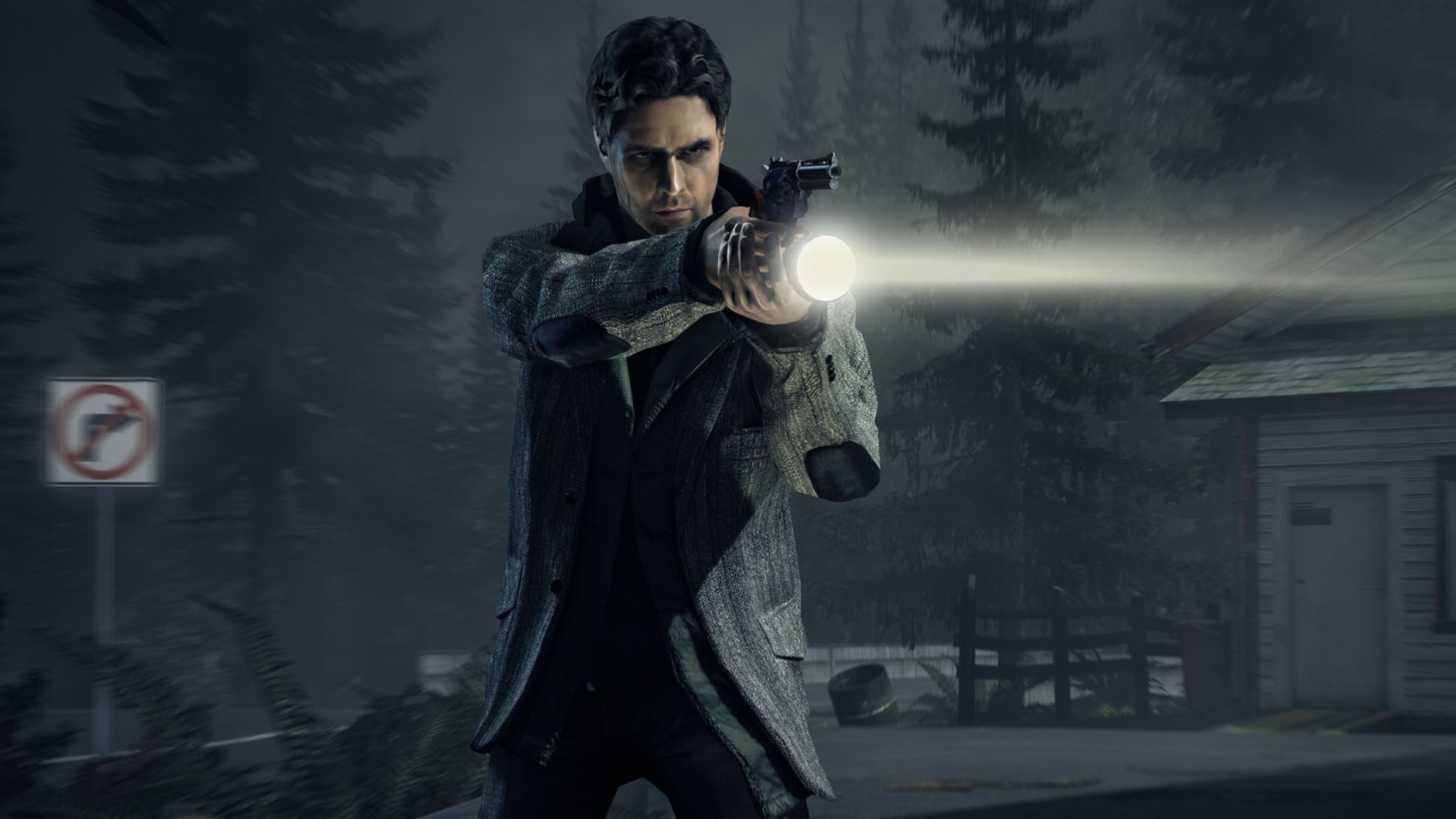
4. Vulnerability And/Or Power Dependent On Skill
What I’m trying to mean with this one is that being very susceptible to enemies and/or possessing a means of strength to defeat foes should be dependent on varying types of skill for S-H games. This would result in different styles of gameplay with a common connection. I think Amnesia is a fine example once again because the character has no means of opposition in any way. He can only carry a lamp and lift up rocks and barrels, which would prove to be utterly useless against Bros and Teleporting Naked Guys. This kind of gameplay requires stealthy precision in regard to movement and hiding, which is a far cry from the usual S-H games where you can exercise violence to some degree like in the Silent Hill or classic Resident Evil games. They require you to be consistently aware of your ammo count, health items, weaponry, and game saves. That’s right, resources are required (called Ink Ribbons) that allow you to save your progress at typewriters. This pressure to be careful – in addition to intentionally slow/clunky controls (which I like in S-H games) – limits the power of the characters to lower levels than would be possible if they were like Call of Duty characters holding 900 rounds of ammo (which is around 25-30 magazines…a bit excessive, if you ask me). As you can see, whether there is a balance or emphasis on offense or defense in a S-H game, it’s normally dependent on some kind of skillful and punishing gameplay to progress. This doesn’t need to be strictly present in all S-H games (as evidenced by blending other genres with S-H titles like Left 4 Dead, F.E.A.R, and Lone Survivor), but in my opinion, it makes them vastly more entertaining. And thankfully, since I was talking about the limited resources in RE, that brings me to my next point…
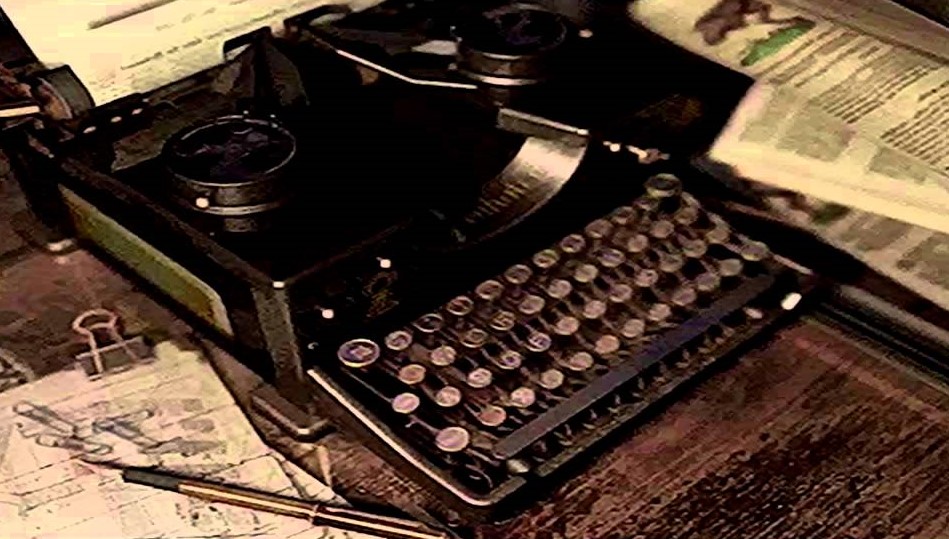
5. Scarcity Of Supplies
When ammo, health, necessities (a flashlight, guns, equipment, etc.), and other supplies abound in plenty, that’s when a S-H game loses a key element to its own genre name: survival! When everything you need is put before you, most games instantly become more easy and comfortable to play, which negates the discomfortingly looming requirement to be conservatively frugal. After all, being rewarded for this kind of behavior is immensely satisfying in the end. Items become more precious and desirable; there’s nothing like the feeling of success in this area when it comes to S-H games.
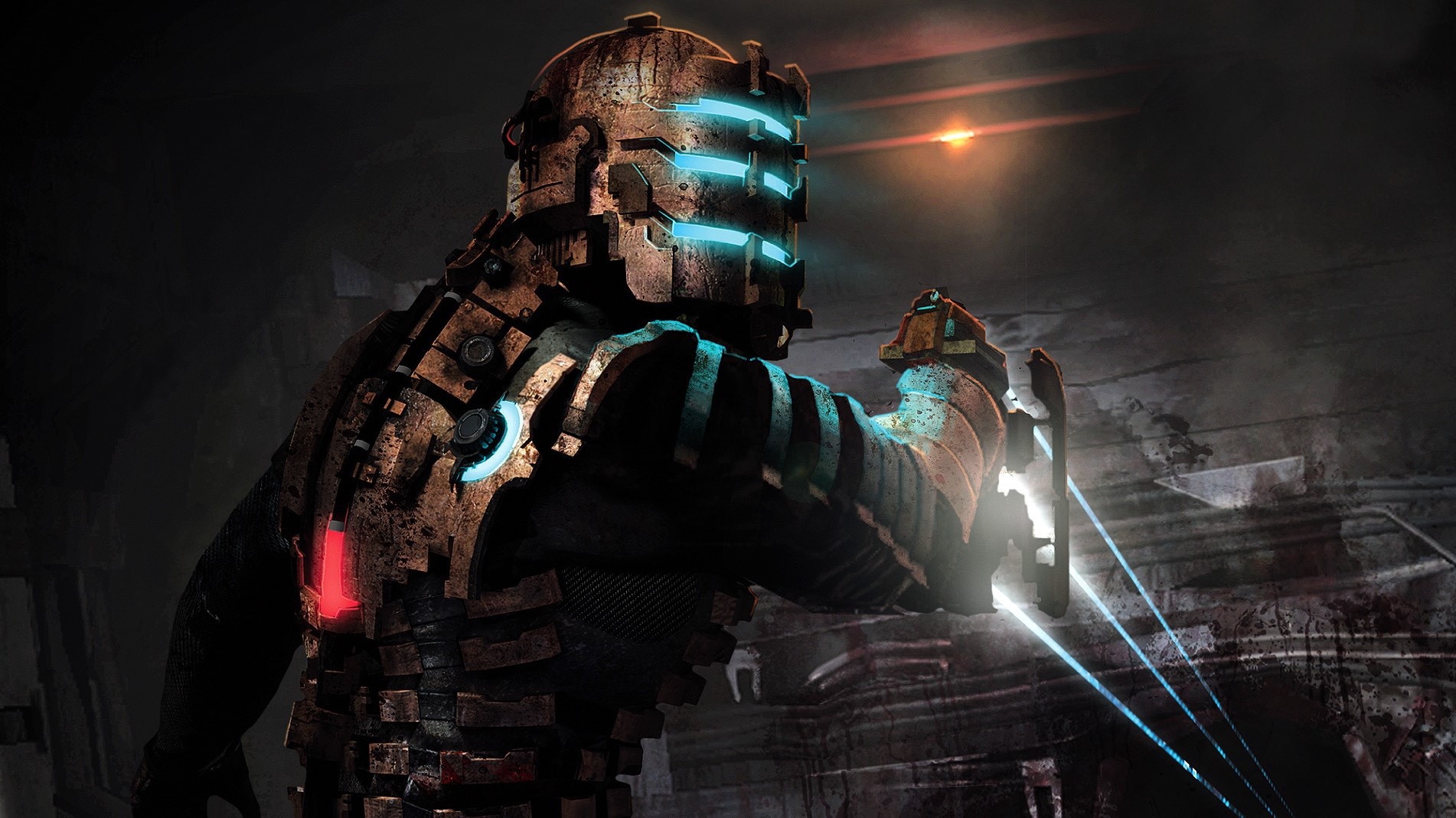
6. Unpredictability With Nerve-Wracking Terror
It’s comes down to one of the most difficult tasks for a S-H game developer to master: unpredictability. I personally find it extremely annoying when I can innately discover a pattern of scare tactics or a common trick being used to keep me on the edge of my seat. It practically removes the desirable shock and tension associated with supposed jump scares and hair-raising moments. However, if discernable patterns are disguised with randomness and uneven pace, that is a massive achievement for a S-H game. In addition to this, well-designed scenarios to put a player under stressful conditions are key. If enemies are behind you and you can’t open a door, something is crawling through the air-ducts above you, or a boss fight requires you to make complex hit damage with his minions around you, these are the kind of events that – when used in logical moderation – catch you unawares in a good kind of way. Now just throw in some terrifyingly creepy or grotesque enemy character designs and we finally got ourselves a solid S-H game.
That’s my list, folks. I hope you enjoyed reading my opinion on what I like to see in true S-H games. Did you agree with my points? Disagree? Did I leave out something important? And what about the S-H genre today? Do you like the direction it’s been going in or would you like things I’ve pointed out to return in higher quantity to these games? Sound out in the comments below if you like and thanks for reading!

